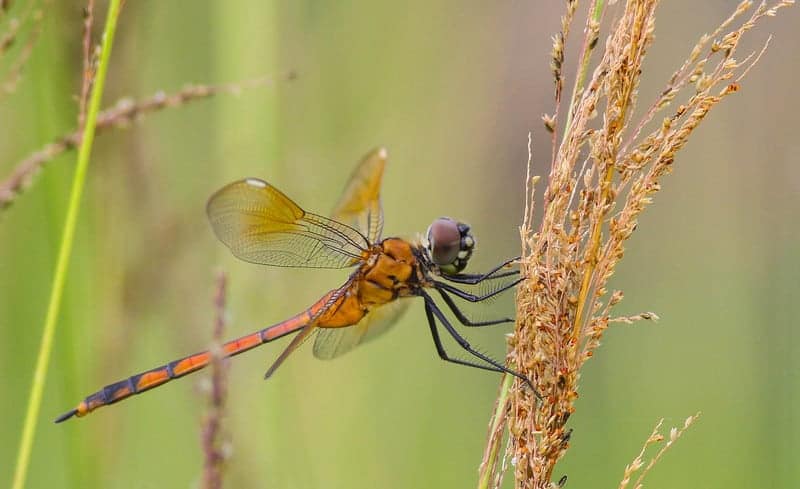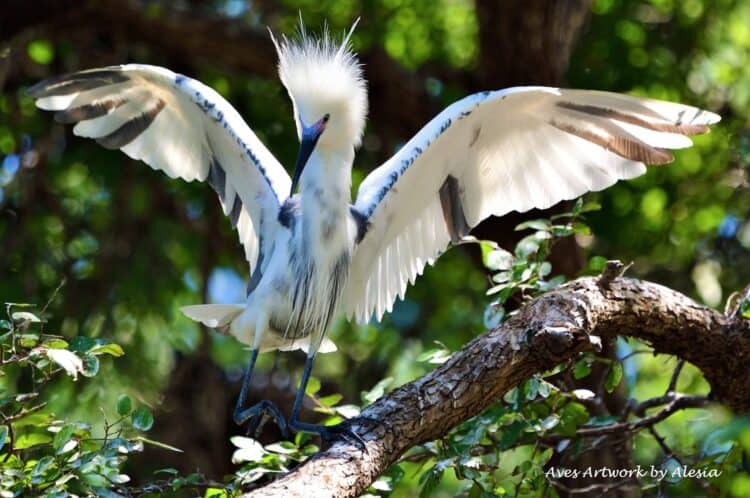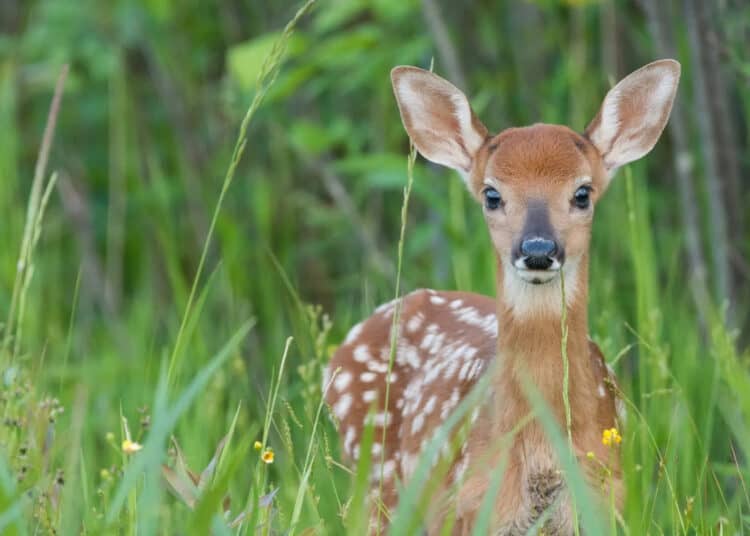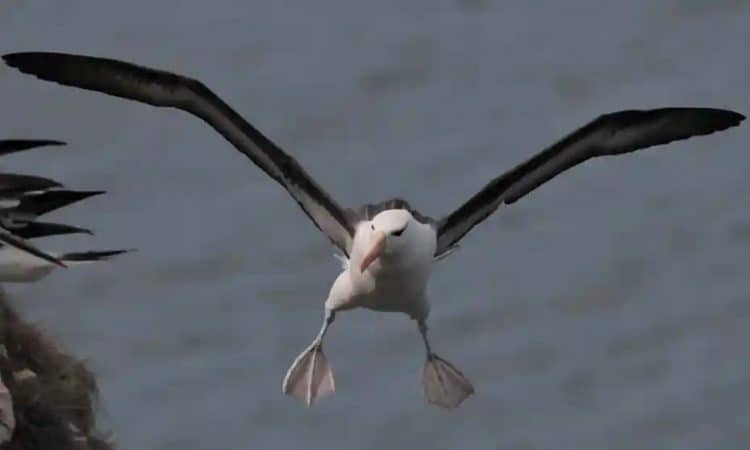For bird wildlife photography, having a long telephoto lens is a tremendous advantage.
It allows you to you to have your subject large in your frame while keeping your distance.
Most wildlife photographers occasionally crop their images significantly, since wildlife usually stays pretty far away.
So sharp lenses also give you a huge advantage.
There are basically three classes of Canon lenses that are available to you. Consumer Grade telephoto zoom lenses are the most affordable, but unfortunately, consumer grade telephoto zooms are often pretty soft at the telephoto end of the zoom. I have friends that shoot with these lenses, and I often hear them express frustration that they aren’t able to come home with sharp pictures.
Part of the reason for this is simple lens quality On the other end of the spectrum are what we might callHigh End Professional Grade telephoto prime lenses. These lenses are extremely sharp and fast, and they are also large, bulky, and wildly expensive lenses. Most of them are too large to be handheld; you must mount them on an sturdy tripod. In this class of lens, I dream about the Canon EF 600mm f/4 IS II USM, which will only set you back about $12,700 as I write this.
These are wonderful lenses, but they are out of the price range of many photographers, and my blog is designed for photographers who, like myself, live on a budget. My target is a system of camera+ lens+ accessories totaling $2500 or less.
Thankfully, these are not our only choices in lens class. Canon also makes professional quality lenses that are more compact than their high end counterparts, but are not nearly expensive. These lenses can be bought for a price in the neighborhood of $1,000-$1,200. Since they’re smaller, they can be handheld, which allows you to maneuver quickly to capture birds in flight. You won’t get the kind of detail you can get out of the 600mm f/4L, but it’s much sharper than Canon’s 70-300mm f/4-5.6. There are three lenses I recommend, and which one is right for you will depend largely on your shooting preferences and abilities.

Canon EF 400mm f/5.6L. This is the lens I use for most of my wildlife photography. It’s extremely sharp, focuses nice and fast, and doesn’t give me a bit of trouble. It’s small enough to handhold (which is one advantage this lens has over larger, more expensive lenses), so you can get photos of moving subjects nicely. The biggest drawbacks to this lens are it lacks image stabilization and you have to be at least 11.5ft away from anything you want to photograph..
Canon EF 300mm f/4L IS. Many wildlife photographers swear by this lens, especially when adding a 1.4x tele-converter, which makes this effectively a 420mm f/5.6 IS (roughly equal to the 400mm lens above). This lens has the advantages of image stabilization and the ability to focus much closer. You only have to be about 5ft away with this lens. The drawback here is that by adding a tele-converter, the lens will be less sharp and focus a little more slowly.
Canon EF 100-300mm f/5.6L IS. I see many wildlife photographers using this lens. A zoom lens can be a real advantage, especially if you intend to use it for more than wildlife, and the addition of image stabilization gives it an advantage over the 400mm f/5.6L. The downside of this lens is that, being a zoom lens, it will not be quite as sharp as the other two lenses.
There no one right choice between these three lenses. The choice really depends on what’s most important to you. If you need IS, the 300mm and 100-400mm options are better. If you want lens speed and sharpness and don’t need IS as much, then the 400mm lens is probably better.
If you want to use the lens for close up photography as well, the 300mm will look much more attractive with the ability to focus at only 5 ft away. I should mention one important thing about image stabilization.IS only helps stabilize camera movement, not subject movement.
Wildlife tends to move, so even with IS, you often need faster shutter speeds to get sharp images of moving subjects. IS is a definite advantage, but the advantage is not as great when your subject is moving. It is the greatest help when shooting still subjects in low light hand held.
In other words, it’s important, but it’s not the only factor to consider when purchasing a lens.
Scott Simmons
Scott Simmons, based in Florida, is a lover of nature, landscape, and wildlife photography. Scott became interested in photography in 2001 when he was given his first SLR camera. When he acquired a telephoto lens, he became progressively more interested in birds and other wildlife. Scott enjoys learning about bird habitats and behavior, striving always to take images that are both beautiful and interpretive. Scott believes photography is a great vehicle to help others to appreciate the wonder for the stuff of earth.











Leave a Reply